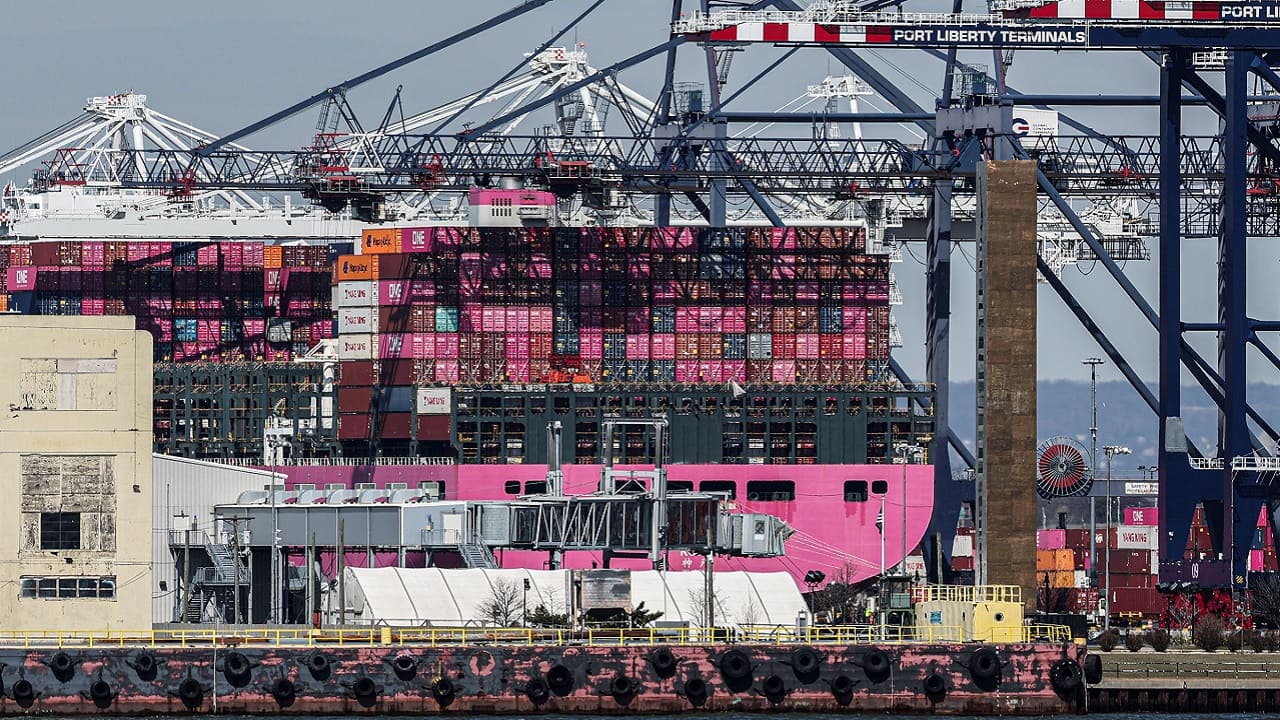US President Donald Trump’s latest wave of steep tariffs on China and dozens of other countries across Asia is having the opposite effect of what he intended. Rather than compelling companies to exit China and return manufacturing to the United States or its allies, many businesses are doubling down on their existing Chinese operations, citing escalating uncertainty, rising relocation costs, and the unmatched sophistication of China’s supply chains, the New York Times reported. Wider Asia tariffs erase relocation incentives Trump’s new tariffs on China now exceed 100 percent, and additional last-minute levies were introduced as retaliation for Beijing’s earlier responses.
But unlike the first trade war during Trump’s initial term, this new escalation also targets many alternative Asian manufacturing hubs—including Vietnam, Thailand, and India—with import duties as high as 46 percent. The result has been a narrowing of relocation options and a sudden erosion of the economic rationale for moving out of China. Nomura Securities noted in a recent report that tariffs on 60 countries “greatly diminish” the incentive to shift production from China.

While China still faces significant challenges, the sweeping nature of the tariff strategy may “inadvertently preserve its position in global supply chains.” Manufacturers brace for more volatility Many US and multinational firms are increasingly unwilling to risk costly changes in the face of such unpredictability. Kit Conklin, head of risk and compliance at the supply chain analytics firm Exiger, likened the situation to being lost in a battlefield fog: “There’s got to be policy certainty for industry to react.
” A contract manufacturing executive put it more bluntly: “The rules of the game seem to change every day. It feels we have no option but to sit tight.” Firms stick with what they know Business owners say they are shelving efforts to find alternative partners.
Travis Luther, who runs MOSO Pillow, a Denver-based maker of bamboo fibre bedding, said he’s focused on optimizing with his existing Chinese partners instead of abandoning them. “Staying in China and making China work is everyone’s strategy right now,” Luther said. He explained that the decision is not only about costs.
“It’s because they have very sophisticated manufacturing and engineering processes.” Luther said a consultant estimated it would cost at least $6 million to build a US facility to grow and process bamboo fibre, with several years needed just to grow the bamboo. In the meantime, importing from China while paying tariffs is still the only feasible path.
Relocation no longer worth the effort When companies first moved away from China during the earlier trade dispute, Chinese manufacturers simply followed, opening operations in Vietnam, Cambodia, or Mexico. But the broad expansion of Trump’s latest tariff net has made those efforts largely moot. With relocation now both expensive and subject to fresh duties, many businesses feel trapped.
“People think at least we already know what this supplier gives us and we were happy with them before the tariffs hit, so why don’t we just stay happy,” said Sarah Massie, a trade consultant advising US companies. “But whether they can continue at that cost is a whole different story.” Trump’s reshoring goal remains elusive Despite the administration’s insistence that tariffs will bring manufacturing back to the US, experts say that remains unlikely.
American factories still struggle to match China’s scale, efficiency, and integration across supply chains. While tariffs may make imports more expensive, they haven’t eliminated the reality that building new facilities in the US or elsewhere is often cost-prohibitive and time-consuming. In the end, the uncertainty of Trump’s evolving trade strategy appears to be reinforcing the very dependence on China that he has spent years trying to unravel.
.
















